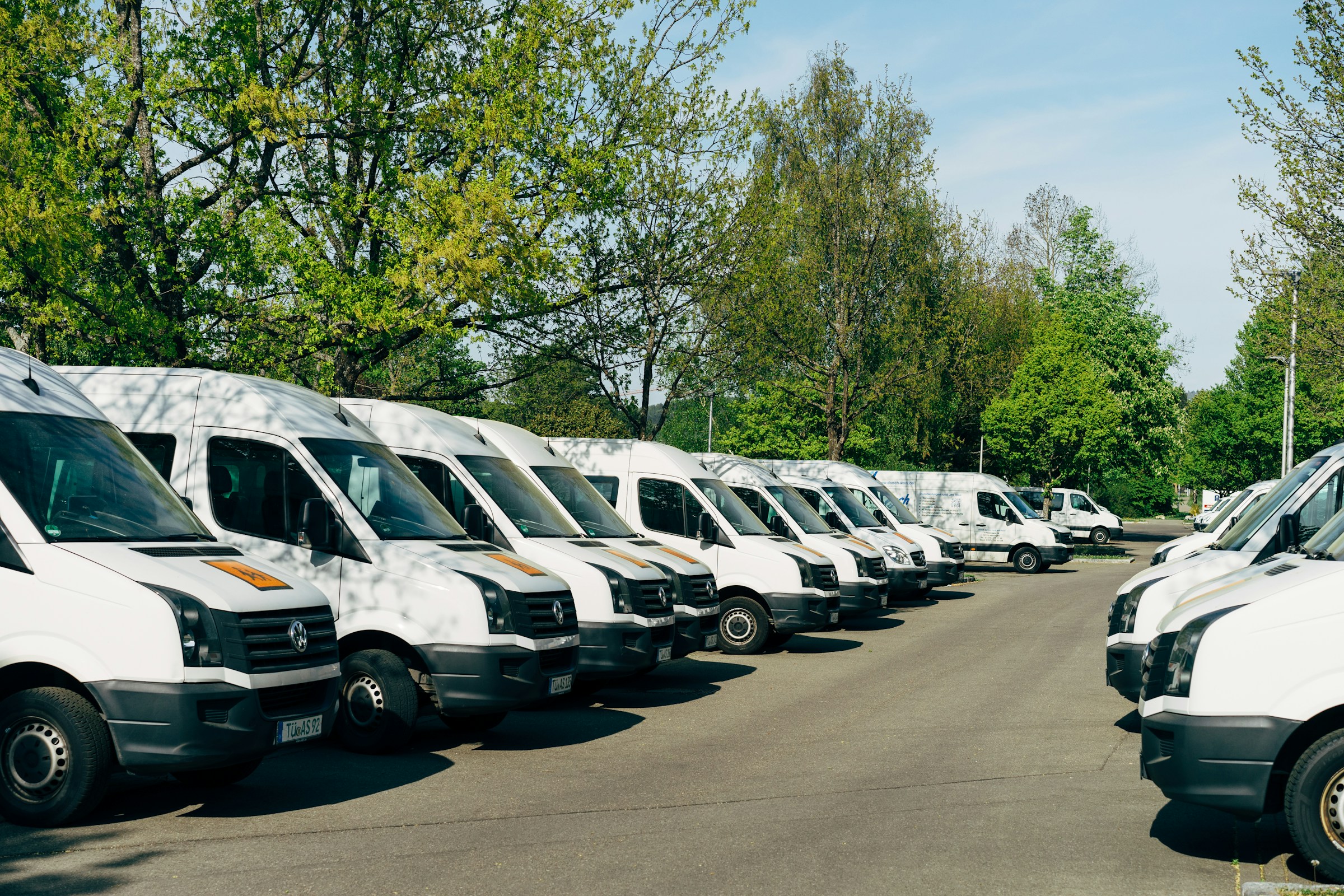6 Fleet Upgrades That Speed Up Emergency Response Times
When every second counts, the right fleet upgrades can mean the difference between life and death. Emergency response teams need vehicles that do more than just get from point A to point B – they must be reliable, visible, technologically advanced, and built for speed and safety. If you’re managing a fleet of ambulances, fire trucks, police vehicles, or any emergency service units, investing in the right upgrades is important. You can’t afford delays caused by poor communication, unreliable equipment, or underperforming vehicles. These six upgrades will improve your fleet’s ability to respond faster, operate more efficiently, and save more lives.
GPS Tracking and Real-Time Dispatch Integration
Outdated dispatch methods slow you down. By integrating GPS tracking and real-time dispatch software, you can instantly locate the nearest available unit and reroute it based on traffic, road closures, or evolving emergencies. You eliminate guesswork and reduce reliance on manual updates. GPS integration also improves coordination between dispatchers and drivers by allowing live route optimization. GPS integration, mostly when paired with advanced emergency fleet tracking services, allows dispatchers to make split-second decisions based on real-time vehicle locations and traffic data. This upgrade means vehicles spend less time on the road and more time attending to emergencies.
Vehicle Telematics for Predictive Maintenance
Unplanned breakdowns are unacceptable during emergencies. Telematics systems help prevent this by continuously monitoring vehicle health and alerting you to potential issues before they become serious. These systems track everything from engine performance and battery status to brake wear and tire pressure. You receive data-backed alerts, allowing for timely maintenance and fewer unexpected failures. This upgrade doesn’t just improve vehicle uptime – it also extends the lifespan of your fleet and reduces long-term repair costs. When your vehicles are always road-ready, your teams are too. Telematics also allows you to analyze patterns and identify recurring issues across your fleet, helping you make informed decisions about replacements or upgrades.
Emergency Lighting and High-Visibility Wraps
Visibility saves lives – both for your responders and the public. Upgrading emergency lights to high-intensity LEDs makes sure your vehicles are seen instantly, day or night, rain or shine. These lights cut through weather and darkness, alerting drivers to yield sooner. Pair this with reflective or fluorescent wraps for maximum visibility from every angle. You reduce the risk of accidents en route and make your presence known at the scene. These upgrades also increase safety during roadside operations, particularly in low-light or high-traffic environments. The brighter and more noticeable your vehicles are, the faster other drivers respond, clearing paths and preventing delays.
In-Vehicle Mobile Data Terminals (MDTs)
Time spent relaying information through radio chatter is time wasted. Mobile Data Terminals (MDTs) put information – dispatch notes, maps, incident updates – right at your driver’s fingertips. These touchscreen tablets or computers sync directly with dispatch and other emergency databases, allowing responders to receive new details mid-route without pulling over or fumbling with radios. MDTs also allow responders to submit reports and updates instantly from the field, reducing paperwork and turnaround time between calls. Some systems integrate video feeds, hazardous material guides, or building schematics, depending on your unit’s needs. Whether you’re navigating a city block or managing a complex scene, MDTs turn your vehicle into a mobile command center.
Vehicle Performance Enhancements
Speed and maneuverability matter. You don’t need racing engines, but upgrading your fleet’s performance specs – better suspension, tuned engines, upgraded braking systems – helps you navigate traffic and unpredictable roads more effectively. Emergency vehicles often carry heavy loads, from medical equipment to water tanks, and standard vehicle specs might not cut it. Investing in reinforced components and performance tuning improves acceleration, braking, and stability, even at high speeds or during sudden turns. These upgrades also reduce wear and tear from frequent hard stops or quick starts, which are common during emergency runs. A well-upgraded vehicle can safely shave minutes off your response time while reducing the physical stress on drivers.
Two-Way Communication and Network Resilience
Upgrading your fleet’s communication systems with reliable two-way radios, satellite connectivity, or mobile LTE makes sure you’re always connected, even in remote or high-risk areas. When traditional networks go down, you need a system that holds steady. These upgrades also support clearer audio quality, less interference, and stronger encryption, which are crucial when handling sensitive or life-threatening situations. Some systems include location tracking and push-to-talk functions, allowing seamless coordination across multiple teams. When responders are en route, at the scene, or dealing with unpredictable environments, crystal-clear communication keeps everyone in sync.
You’re not just managing vehicles – you’re managing lifelines. The right fleet upgrades aren’t luxuries – they’re critical tools that empower your team to do their jobs better and faster. Whether it’s sharper communication, smarter navigation, or safer, more visible vehicles, each improvement directly supports faster emergency responses and better outcomes. If your fleet is stuck in the past, lives could be at risk. Modernize your operations with these six important upgrades and give your team the edge they need when every second counts.




